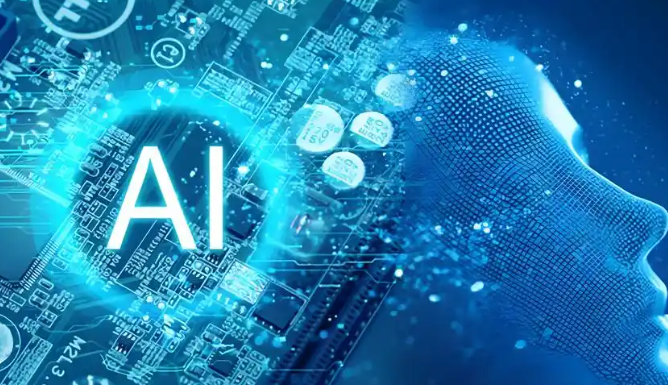What Is LightShed and Why Is It Making Waves?
The LightShed tool, developed by a team at Cambridge, is designed to reverse anti-AI art protections embedded by artists to prevent their works from being scraped and used by generative AI models. In recent years, many artists have used tools like Glaze or Nightshade to protect their digital art from being harvested by AI image generators. But now, LightShed anti-AI protection reversal claims to 'undo' these protections, making previously shielded art vulnerable to AI training once again. The announcement of LightShed has caused a stir across social media platforms, with artists expressing concern and AI advocates praising the tool's technical prowess. The debate highlights a growing rift between those who want to protect creative works and those who believe in open data for AI development.

How Does LightShed Anti-AI Protection Reversal Actually Work?
The magic behind LightShed isn't just hype—there's legit tech at play. Here's a breakdown of the process, step by step:Step 1: Identifying Protected Artwork
LightShed first scans images for traces of anti-AI techniques, such as pixel-level perturbations or hidden watermarks added by tools like Glaze or Nightshade. This detection phase relies on machine learning models trained to recognise these subtle modifications.Step 2: Analysing the Protection Pattern
Once a protected artwork is found, LightShed analyses the exact pattern and intensity of the protection. This involves reverse-engineering the algorithms used by the original protection tools, which often requires a deep understanding of both the AI models and the protective methods.Step 3: Reconstructing the Original Image
Using advanced image processing and neural networks, LightShed attempts to reconstruct the 'clean' version of the artwork. This isn't just about removing noise—it's about restoring the image to a state where AI models can learn from it effectively.Step 4: Validating the Reversal
After reversal, the tool checks if the image is now usable by popular AI art generators. If the reversal is successful, the image can be scraped and used for AI training as if no protection was ever applied.Step 5: Batch Processing and Automation
LightShed supports batch processing, allowing users to 'clean' large collections of protected images automatically. This scalability is what makes the tool especially concerning for artists, as it can potentially undermine years of protective work in a matter of hours.
The Impact: Artists, AI, and the Future of Digital Rights
The introduction of LightShed anti-AI protection reversal has sparked a fierce debate about digital rights, ownership, and the future of AI training data. For artists, the tool feels like a violation of their creative autonomy, undoing their efforts to control how their work is used. For AI researchers and open-data advocates, LightShed is seen as a breakthrough that could accelerate the development of more robust AI models. ?? Many are now asking: Will this lead to a new arms race between protection and reversal tools? Or will it force a broader conversation about consent and fair use in the age of AI? The answer isn't clear yet, but what's certain is that the landscape of digital art and AI is changing fast.What Can Artists and Creators Do Next?
If you're an artist worried about the power of LightShed, here are some practical steps you can take:Stay Informed: Follow updates from both AI and digital art communities to stay ahead of new developments in protection and reversal technologies.
Explore New Protection Tools: Keep an eye out for emerging anti-AI protection methods that may be more resistant to reversal.
Advocate for Policy Change: Join conversations about digital rights, copyright, and AI ethics to push for stronger legal protections for artists.
Watermark and Monitor Your Work: Use visible and invisible watermarks to track the usage of your art online, and monitor sites where your work could be scraped.
Collaborate with Technologists: Work with developers to create more robust, community-driven solutions that balance the needs of artists and AI researchers.




